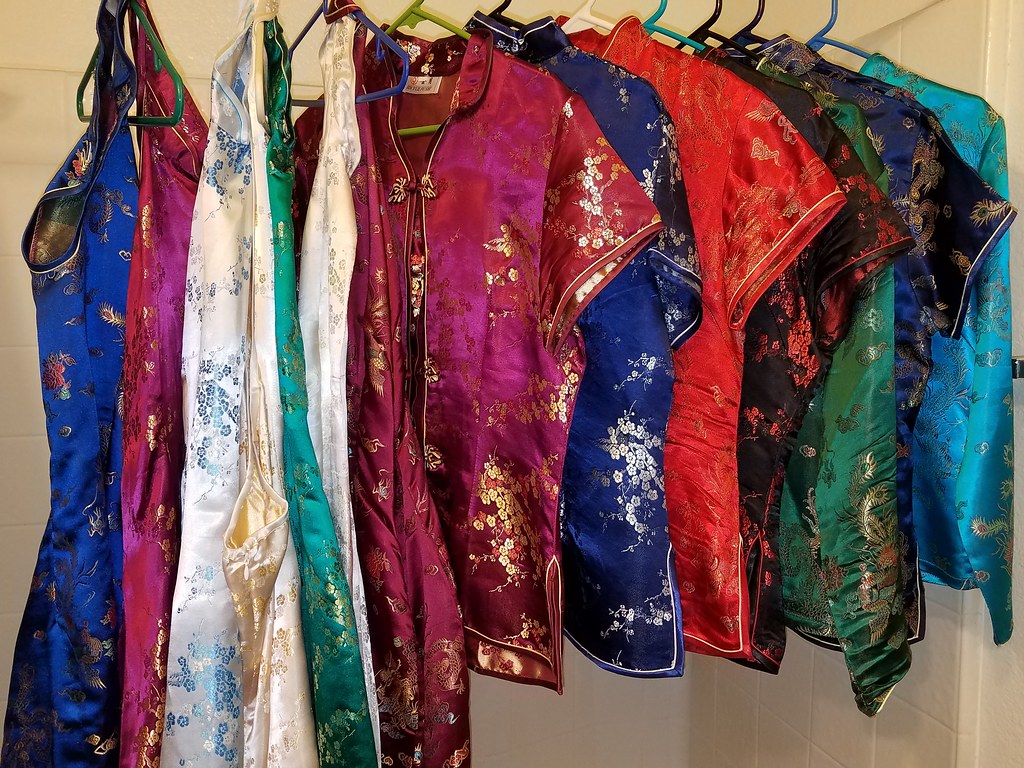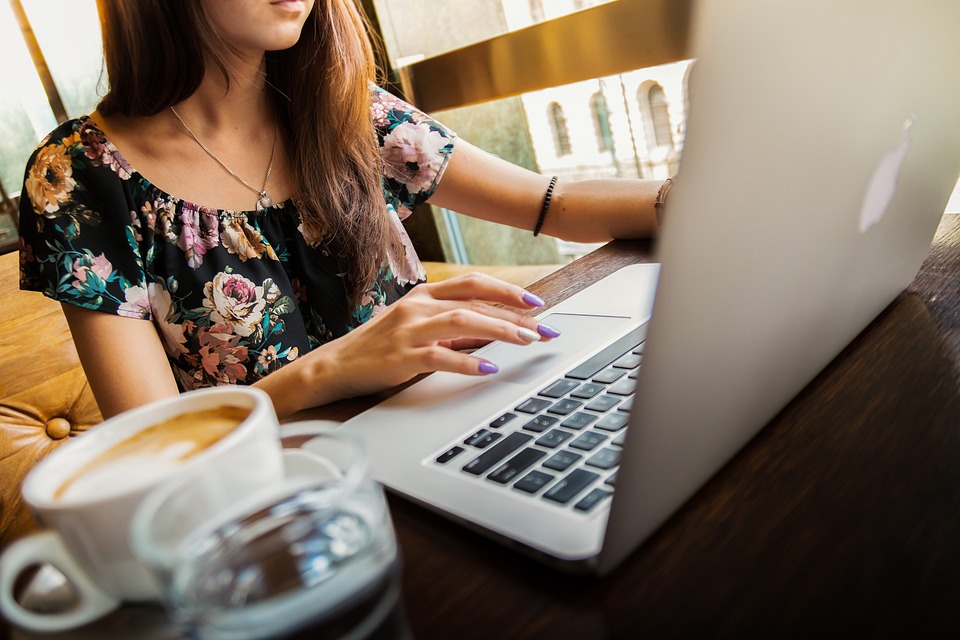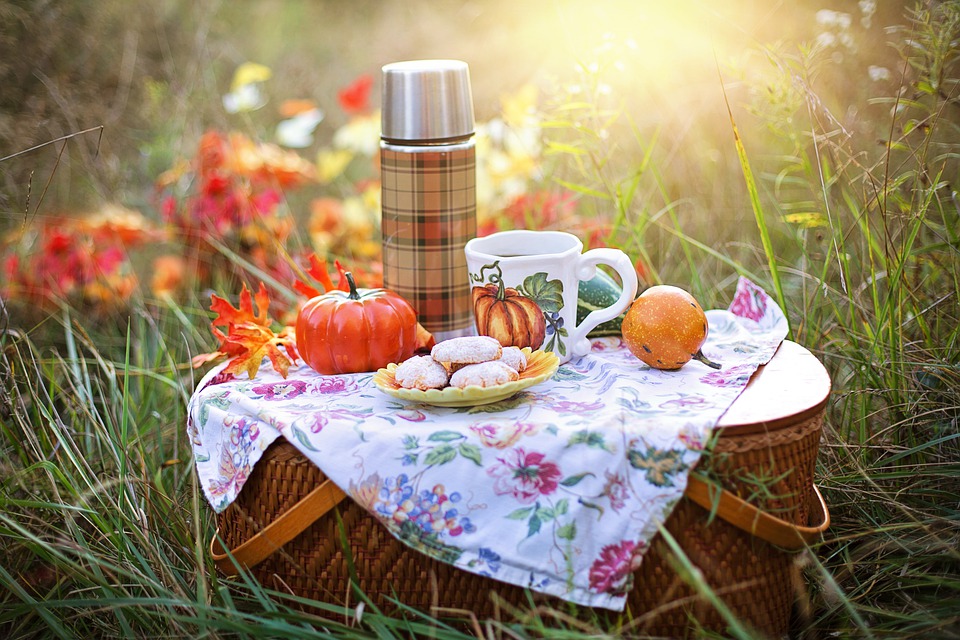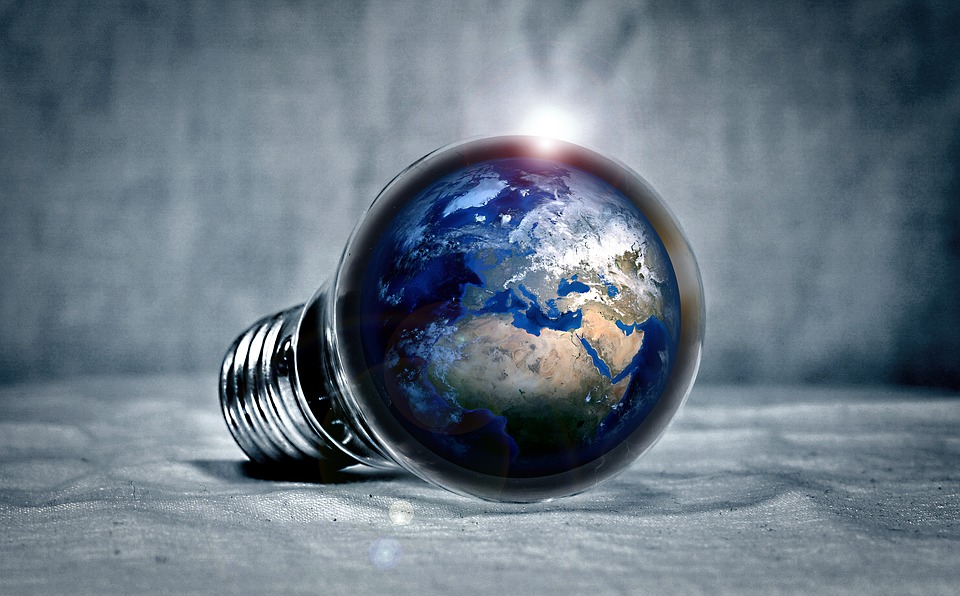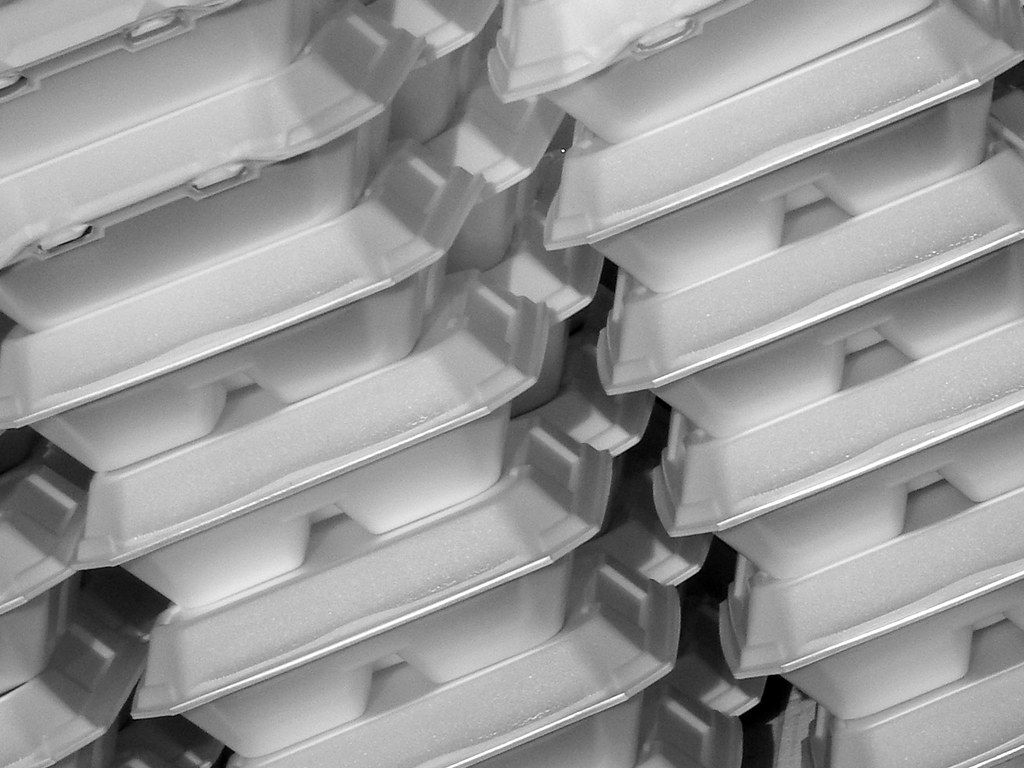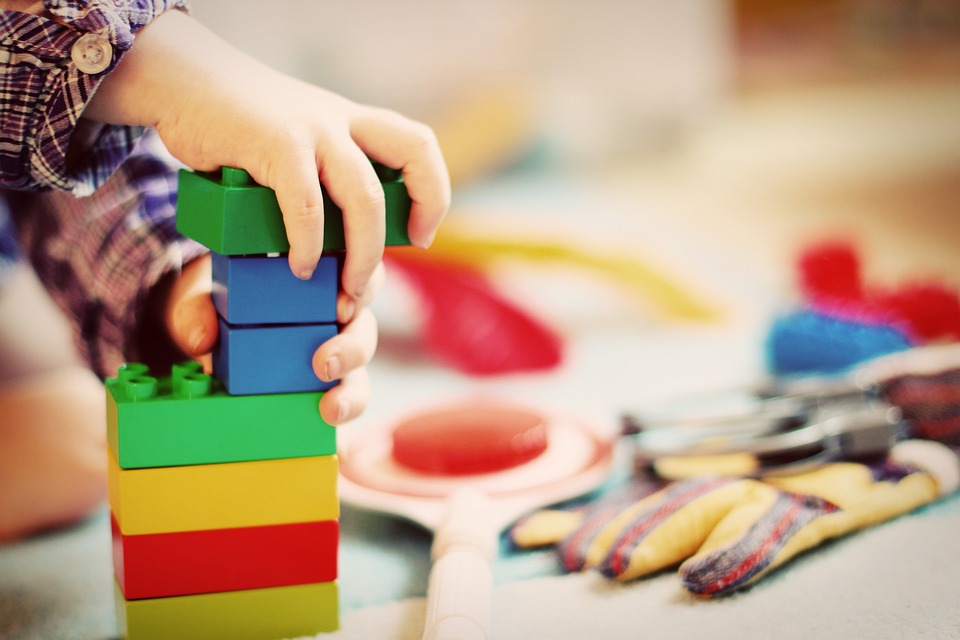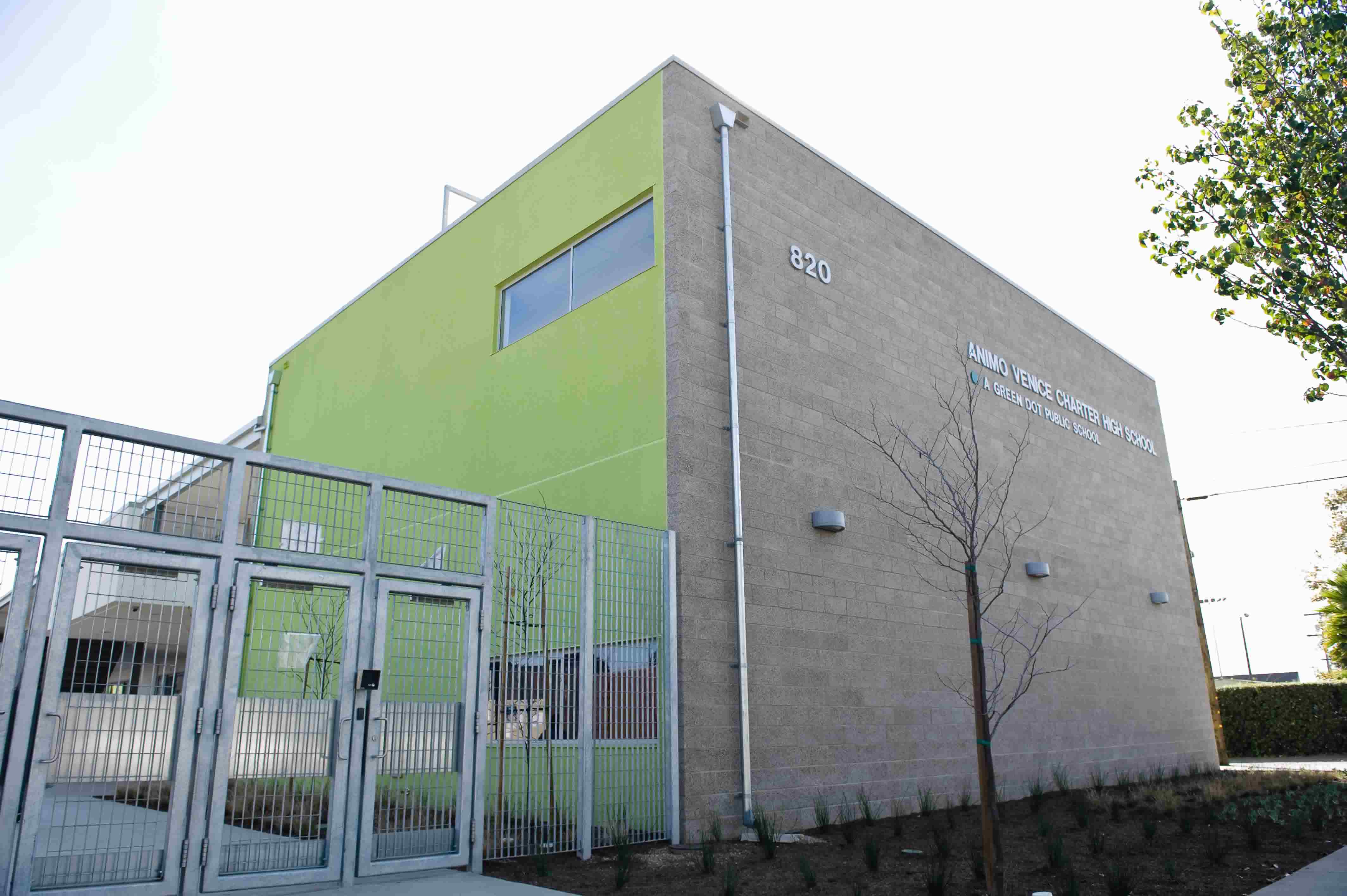Online shopping is at its peak right now; people are more inclined to buy online rather than go to the store because of the pandemic, but what happens quite often in online shopping is that some you get the measurement wrong. The item does not fit, or it won’t fit just as you imagine and are disappointed. And most of the time, you will return the item, which you certainly didn’t know is a very environmentally unsustainable action – you are not to be blamed, you do not want to waste your money, but have you ever asked yourself what happens to clothes that you return?
In the point of view of a customer, returning items are very easy and quick (if the brand customer service is on point), but it is not that simple for the brands, as it is a whole lot of process involving logistics, quality control, and other ‘paper work’. Now just imagine the panic, where most U.S. citizens are now resorting to online shopping. According to some research, in 2020 only, online shoppers will return more than 100 billion dollars of purchases.
We are coming to a point where returning clothes have become part of the online shopping process. On top of that, fast-shopping platforms, such as Shein, Zaful, and other Chinese brands produce bulk clothes every day.

What Happens To The Clothes You Return?
There are different possibilities for what can happen to those items; for example, ASOS, a zero-waste retailer, promises to resell 97 percent of returns by repairing, cleaning, repackaging, and reselling them, with the remaining 3% being recycled. It isn’t, however, a perfect system. Customers have reported finding face masks, receipts, cigarette butts, and other objects in their ASOS purchases, which were worn returns.
This is because they are finding themselves overwhelmed with that many returns, but yet respecting the zero-waste policy even if it is in the worst way ever. Following this idea after the logistic process, the damaged items must be inspected, then repaired and cleaned, pressed, wrapped, and sent to the distribution center to be resold. This takes a lot of time, a new team dedicated for that that need a pay-check and products, machinery and so on, in a nutshell, it costs a lot of money, and we’ve concluded that it is easier for the brand to destroy the item.
Apart from ASOS and some few brands, it is quite unusual to resell an open item, normally underwear and other things that can bring sanitary issues. Some brands do not even ask you to return the product and proceed with refunding their customers.

Can We Make Return More Sustainable?
A small number of brands have sprung up to address the fashion industry’s reverse logistics issues, devising inventive ways to save landfill-bound returns. It is important to tackle the logistic process to make it easier for the companies too; there are emerging companies that are willing to tackle all returning procedures from different brands, including transportation, cleaning and repackaging.
Avoid Returning Clothes
Customer evaluations, high-resolution photos and videos, and sizing guidelines seek to provide the most accurate information about a garment to minimize return rates. Around 70% of returns are due to clothing not fitting properly, largely due to the accuracy of product information provided by a firm.
In the fashion industry, sizing is a big issue since firms like to grade clothing from a sample size (U.S. size 0, U.K. size 6-8) and then use an algorithm to calculate the dimensions for the rest of their sizes. This implies that apparel that looks fine on the e-commerce model can look radically different in a larger size, but the brand didn’t bother to test it on anyone other than a size 0 to see. Customers may get around this in a few ways; the most basic is to invest in a tape measure and compare your dimensions to a brand’s size chart.
In the comments, let us know what you think about installing a sustainable returning policy…

